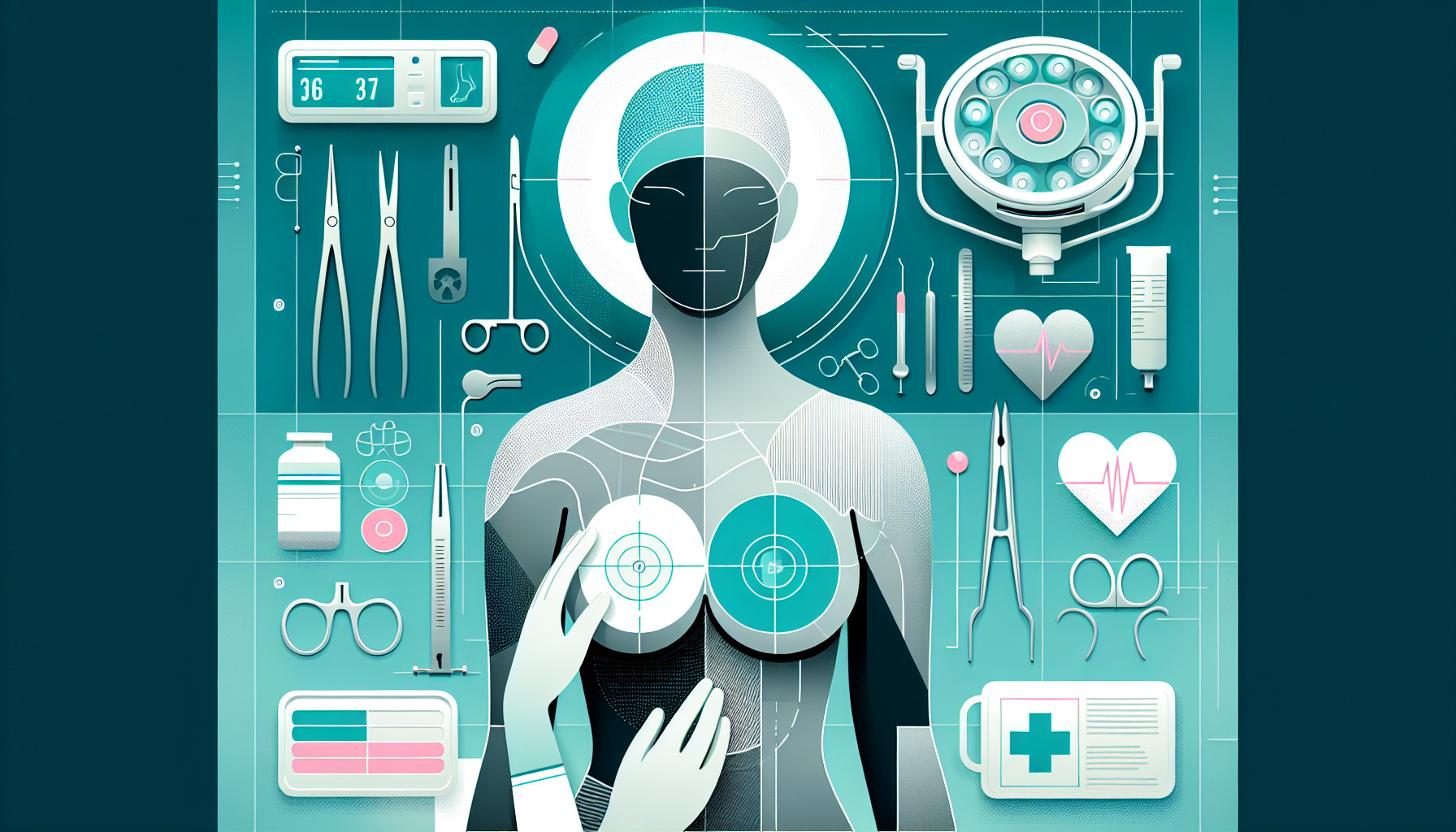Our Summary
This research paper discusses the history and evolution of breast reconstruction following a mastectomy (a surgery where one or both breasts are removed to treat or prevent breast cancer). Since the first recorded breast reconstruction in 1895, there have been significant advancements in the field, especially due to the increasing number of mastectomy procedures and the longer survival rates of patients.
Surgeons are now focused not just on the medical outcomes, but also on the aesthetic and psychological health of the patients, leading them to develop better methods of reconstructing the breast. There have been improvements in using implants and the patient’s own tissue for reconstruction, with efforts made to reduce complications and improve the appearance of the reconstructed breast.
However, there are still limitations to these traditional methods, leading scientists to explore newer techniques. One such technique is autologous fat grafting, which uses the patient’s own fat to reconstruct the breast. Another promising field is adipose tissue engineering, where the patient’s fat cells are cultivated in a lab and then used for reconstruction.
In simple terms, the paper reviews recent developments in breast reconstruction techniques and explores the potential future of using lab-grown fat cells to reconstruct the breast after a mastectomy.
FAQs
- What advancements have been made in postmastectomy breast reconstruction (PMBR) techniques?
- How has the increasing number of mastectomy procedures and improved patient survival impacted the approach to breast reconstruction?
- What are some novel techniques being researched in the area of PMBR?
Doctor’s Tip
One helpful tip a doctor might tell a patient about breast reconstruction is to thoroughly research and discuss with their surgeon the various options available, including implant-based reconstruction and autologous reconstruction using their own tissue. It’s important for patients to understand the pros and cons of each method, as well as the potential risks and benefits, in order to make an informed decision that aligns with their individual goals and preferences. Additionally, patients should maintain open communication with their healthcare team throughout the reconstruction process to ensure the best possible outcome.
Suitable For
Patients who have undergone mastectomy procedures for breast cancer, breast deformities, or other medical conditions are typically recommended breast reconstruction. This includes patients who are seeking to improve the aesthetic appearance of their breasts, restore symmetry, enhance self-esteem and quality of life, and alleviate psychological distress associated with breast loss. Patients who are healthy and have realistic expectations for the outcomes of the reconstruction procedure are also good candidates for breast reconstruction.
Additionally, patients who have sufficient tissue available for reconstruction, such as those with adequate amounts of healthy skin and fat, are typically recommended for autologous breast reconstruction. Patients with a history of radiation therapy, smoking, or other medical conditions that may affect wound healing or increase the risk of complications may not be suitable candidates for certain types of breast reconstruction and should consult with a plastic surgeon to determine the best approach for their individual case.
Timeline
Before breast reconstruction:
- Patient undergoes mastectomy procedure to remove breast tissue due to cancer or other medical reasons.
- Patient consults with a plastic surgeon to discuss options for breast reconstruction.
- Patient discusses with surgeon the different techniques available, including implant-based reconstruction or autologous reconstruction using tissue from another part of the body.
- Patient makes decision on the type of reconstruction and schedules surgery.
After breast reconstruction:
- Patient undergoes breast reconstruction surgery, which may involve multiple procedures depending on the chosen technique.
- Patient experiences a recovery period, which may include pain, swelling, and limited mobility.
- Patient attends follow-up appointments with surgeon to monitor healing and address any concerns.
- Patient may undergo additional procedures for symmetry or nipple reconstruction.
- Patient experiences improved self-esteem and quality of life with restored breast appearance.
- Patient continues to monitor breast health and may require additional screenings or surveillance.
What to Ask Your Doctor
- What are the different options for breast reconstruction available to me?
- What are the potential risks and complications associated with each type of breast reconstruction?
- How long is the recovery process for each type of breast reconstruction?
- Will I need additional surgeries in the future for maintenance or revisions?
- How will breast reconstruction affect the appearance and feel of my breasts?
- Will breast reconstruction affect my ability to detect breast cancer in the future?
- Are there any alternatives to breast reconstruction that I should consider?
- How will breast reconstruction impact my daily activities and lifestyle?
- What are the costs associated with breast reconstruction and will my insurance cover it?
- Are there any new or innovative techniques in breast reconstruction that I should be aware of?
Reference
Authors: O’Halloran N, Potter S, Kerin M, Lowery A. Journal: Clin Breast Cancer. 2018 Aug;18(4):e571-e585. doi: 10.1016/j.clbc.2018.02.004. Epub 2018 Feb 27. PMID: 29572079
